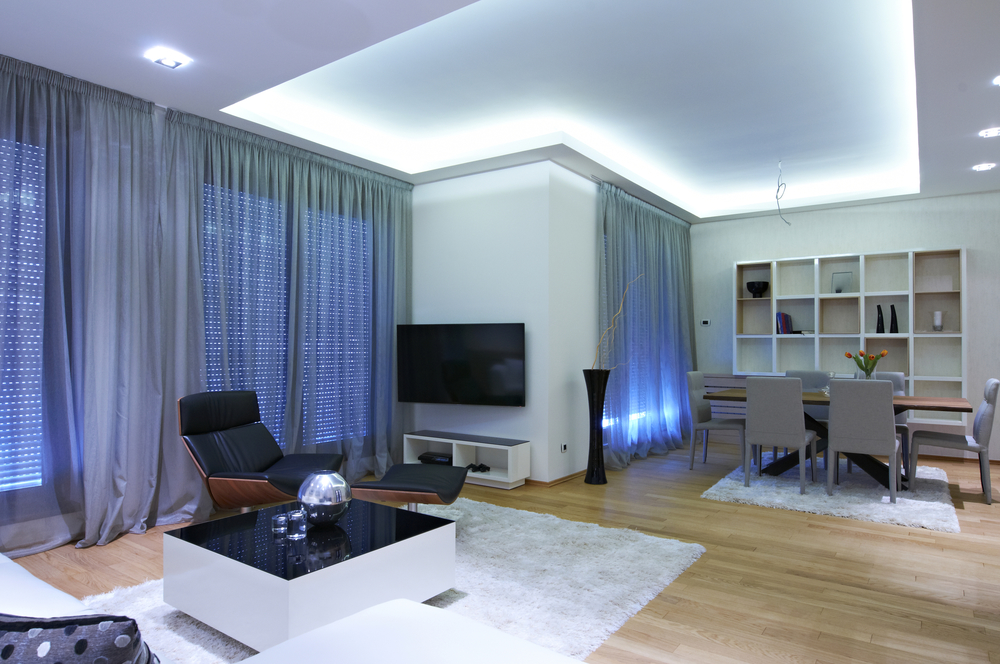What comes to mind when you think of LED lighting? For some, it’s the red glow of their first digital alarm clock. For others, it’s the always-changing light shows at the Empire State Building. Perhaps you think of those weird strip lights from IKEA. In any case, LED technology has exploded in variety and possibilities, making it the ideal solution for both indoor and outdoor lighting.
Leave your hesitations behind with these LED lighting myths, busted.
Myth #1: LED Light Bulbs Costs too Much

If you think LED bulbs still cost twenty bucks apiece, you haven’t been to the hardware store in a long time. Replacements for typical light bulbs cost little more than a dollar each. Recessed can lights in LED have come way down, too.
The savings from switching to LED can even make it affordable to install new lighting such as accent lights, under-counter kitchen lighting, and other places you’d like more illumination.
Myth #2: It’s Hard to Recycle LEDs
This seems to be a misconception caused by CFL bulbs, which contain mercury and often need to be taken to municipal drop-off sites or saved for special collection. LED lighting does not contain mercury, and the bulbs are easily recyclable. Not that you need to replace them very often.
Myth #3: LEDs Can’t Produce Warm Light
To be sure, LED lighting tends to run a little whiter or bluer than other options. Modern technology has widened the rainbow, though.
In rooms where you want a warm, yellow glow, look for “warm white” or “soft white” LED bulbs. Lower color temperature, measured in degrees Kelvin, means a warmer color. Higher temperature means brighter white light. Temperature here refers to color wavelengths, not heat.
Myth #4: LEDs Are Bad for Your Eyes
If you want to get to bed early, you should indeed avoid staring at the LED screens of phones and laptops. Ambient LED lighting around the home does not have the same significant impact. Use the warmer tones in bedrooms and living rooms for the best results.
Myth #5: You Should Only Use Outdoor LEDs
Indeed, LED lighting for landscaping and exteriors works amazingly well. The energy savings add up quickly for lights that stay on all night, and the long lifespan is ideal for bulbs that are hard to reach.
But don’t limit your use of LEDs to floodlights, garden lights, or security lighting. Some people have been using LEDs in some places while using those Edison bulbs or other attractive options in their living areas. You can actually find Edison-style LED bulbs and other energy-efficient lighting solutions to seamlessly replace the bulbs in your favorite lamps, chandeliers, kitchen lighting, and anywhere else.
Myth #6: It’s Not Worth Replacing Fluorescent Lights with LED
For commercial lighting, LEDs can save thousands of dollars per year compared to fluorescent tubes. The LED lifespan is about 5 times as long and uses a little more than half as much energy.
Converting from fluorescent to LED lighting does require a commercial electrician for new wiring and drivers. However, these are one-time costs that allow ongoing savings.

